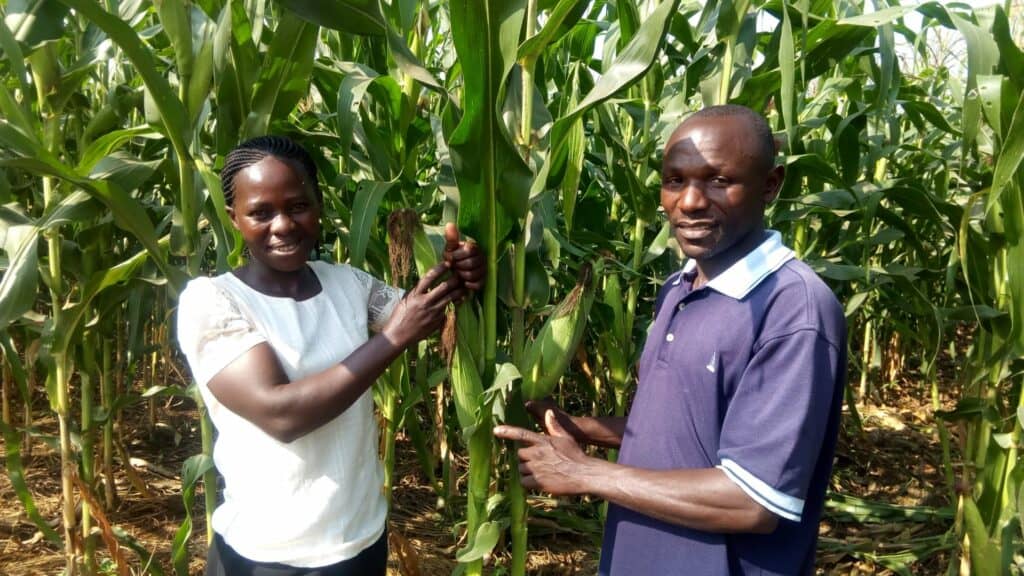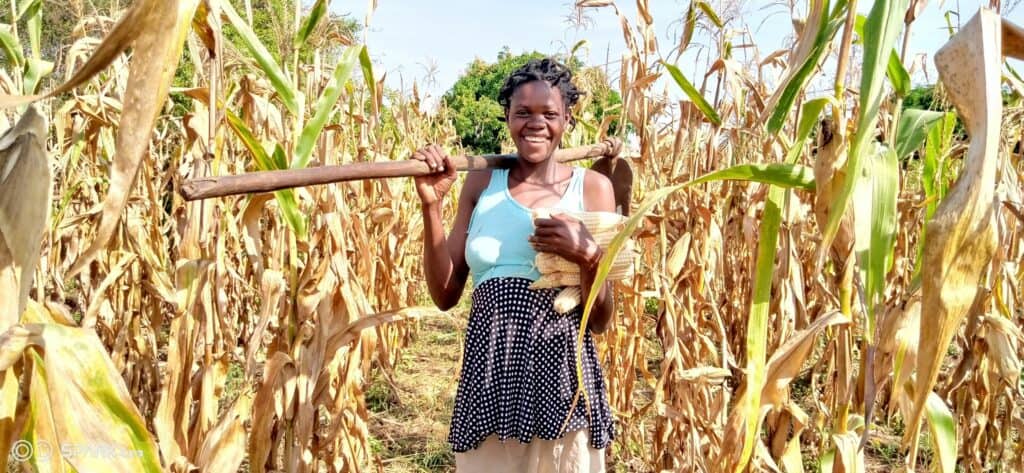If you ask children in the UK, “Where does food come from?” A common answer will be “Sainsbury’s!” They all know that when you need food you go to the supermarket to get it.
But if you ask Ugandan children the same question, they will reply, “From the ground!” The vast majority, in a country where 80% are subsistence farmers, will have seen parents or grandparents cultivating small plots of land and many of the children themselves will have helped by lifting the hand hoe. They understand the relationship between the ground and their lives as human beings, which is no less true for us. Fertile soil is essential for good livelihoods.

Failed Crops
With deteriorating crop yields and erratic rainfall, life looks increasingly bleak for many remote rural and poorly served Ugandan communities, who scrape a living from subsistence farming, living hand-to-mouth, eating only what they grow. But thankfully, Titus Okello, our Agriculture and Community Extension Coordinator, has a desire to see this change.
“I like this role because it aligns well with my passion for serving.”
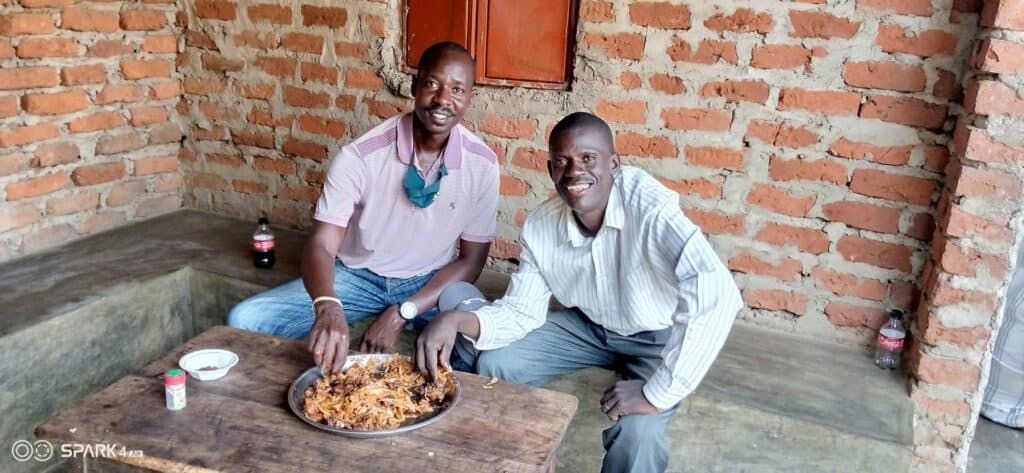
Each year, Titus and his team of extension workers train 10 new groups of 35 subsistence farmers in Kaliro, Gulu, Kitgum, Lira and Masindi districts in conservation farming. That’s 350 families, who we hope will enjoy better food security and livelihoods and become advocates of conservation farming in their communities, spreading the benefits to others.
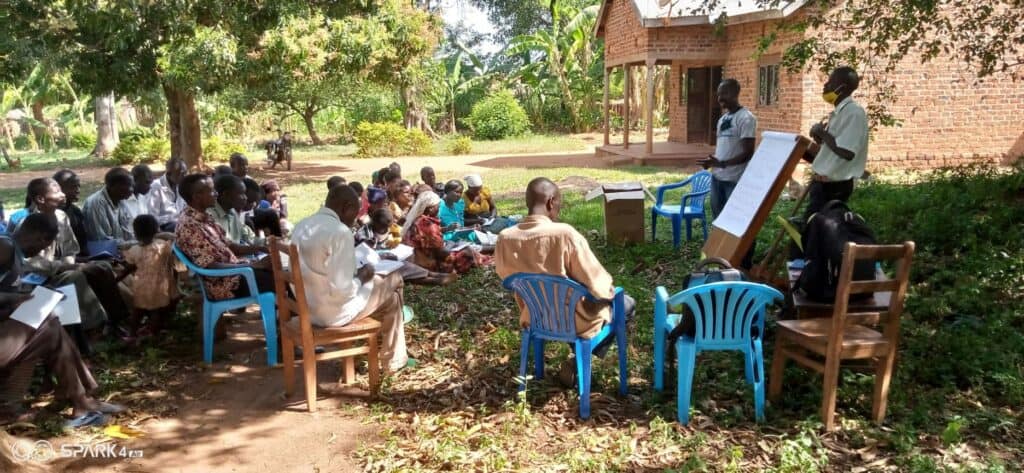
Enriching the Land
Conservation farming is a type of farming whereby the farmer cares for the soil and uses what is available to him or her on the farm to enrich and protect it. This farming aims to maintain and regenerate the soil, conserve water and enhance biodiversity, leading to sustained high crop yields year by year. It is therefore ideal for the poorest farmers as it requires no extra expense.
Titus has just completed the basic training for all these groups, most of which comprise 25% men and 75% women. Each group is selected with the help of the village leaders, the local pastor and the local Amigos extension worker who work together to identify the neediest and most disadvantaged people.
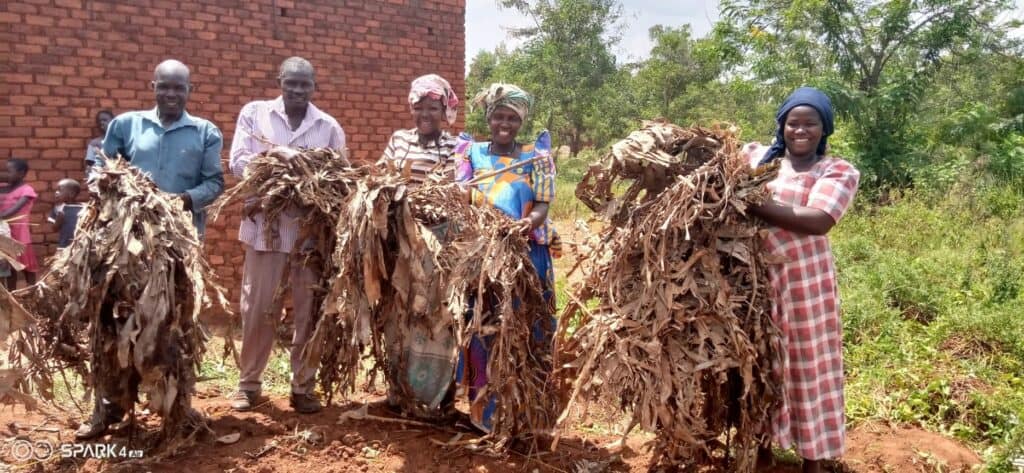
The two-day training Titus conducts is interactive. He begins by asking each attendee to identify ten farming challenges and then to pick the three most pressing challenges that affect them. Poor crop yields, lack of knowledge/farming skills, pests and diseases and low selling prices are commonly highlighted. This enables Titus to tailor each training to the particular community.
As he goes on to introduce conservation farming and its main topics of early preparation, minimal tillage, mulching, composting, inter-cropping, care of the crops and crop rotation as well as personal attitudes to work and faith, he weaves in their concerns to show how they are addressed.
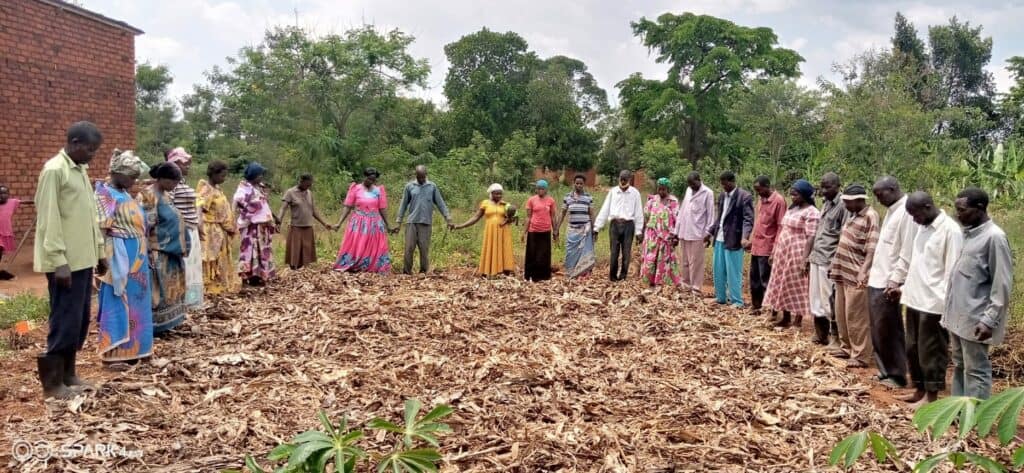
From Surviving to Thriving
Titus reflects,
“Farming group participants are very hopeful that with the new farming skills acquired, their crop yields will improve, they will be able to have surplus to sell which will improve their family’s financial status. They will also be able to educate their children and afford to buy medicines in case of sickness. Above all, they expect progressively to see a fuller transformation.”
Farmer Lily Amwony encapsulates this well:
“I am very happy for this new method of farming. It is not just farming but a well-rounded farming model – blended with the word of God which does not only handle the practical aspects but it tackles the entire parts of life which can bring real transformation from the inside out.”
